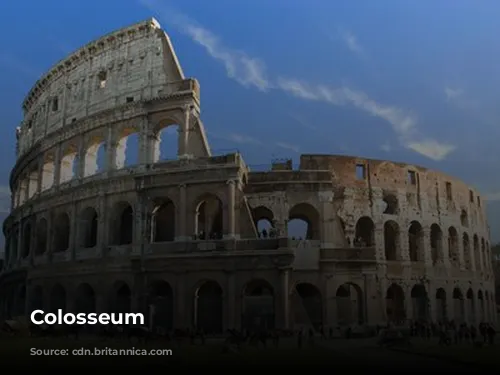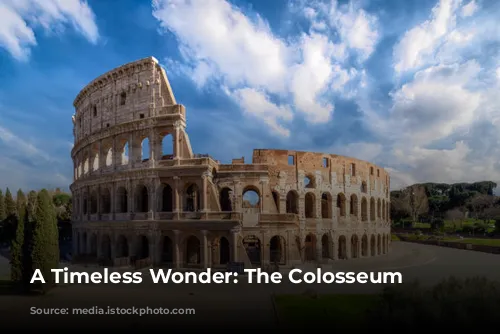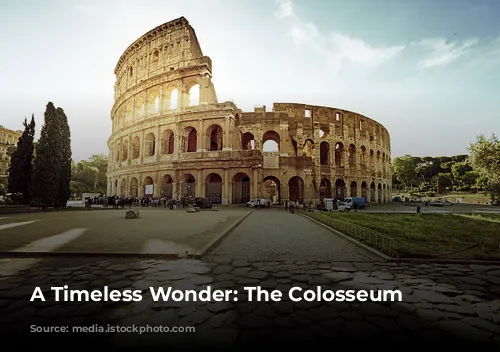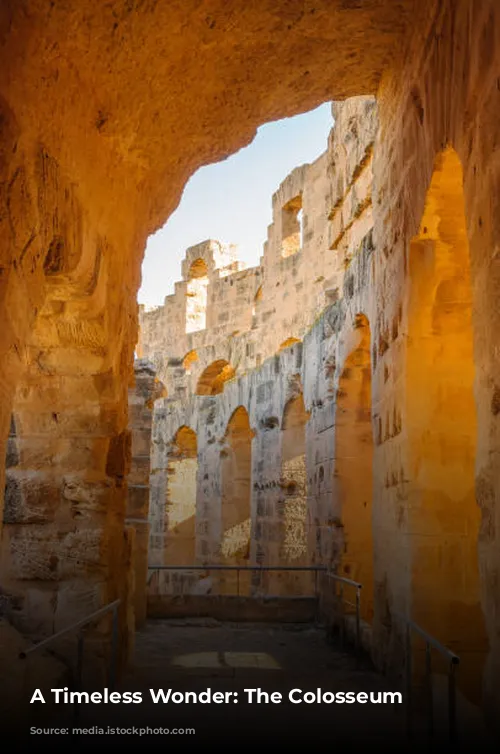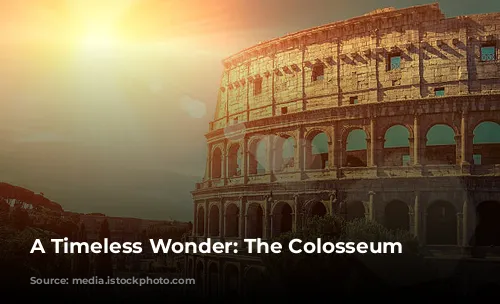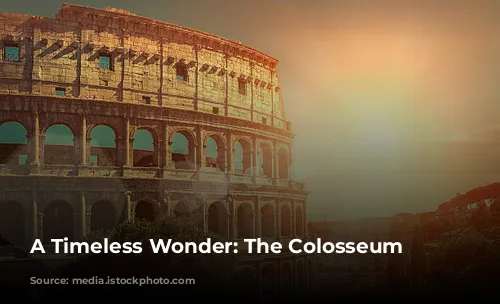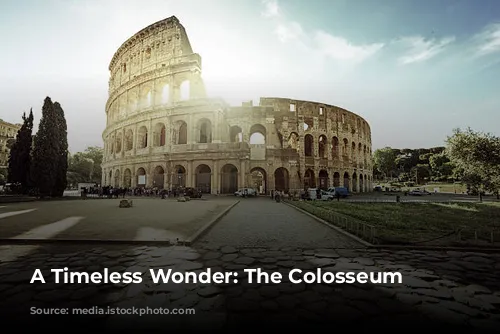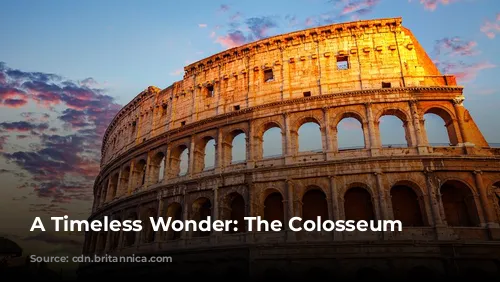Standing tall as a testament to ancient Rome’s architectural brilliance, the Colosseum is one of the few remaining structures from the Roman Empire that has survived relatively unscathed. More than just a historical relic, the Colosseum plays a vital role in the Italian economy, generating substantial tourism revenue. In 2018 alone, the Colosseum, along with the Roman Forum and Palatine Hill, attracted a staggering number of visitors, raking in over €53.8 million – making it the most popular tourist destination in all of Italy.
The Colosseum is a prime example of the Romans’ mastery of engineering and construction. The structure stands as a massive amphitheater, built with a combination of stone, concrete, and tuff, boasting four towering stories. Its grand scale is truly awe-inspiring, measuring 189 meters by 156 meters and accommodating a whopping 50,000 spectators. The Colosseum’s iconic design and size make it a true marvel of the ancient world.
From Gladiator Arena to Quarry
While the Colosseum is known for its grandeur today, it has endured a tumultuous past. Following the fall of the Western Roman Empire, the Colosseum fell into a state of grave disrepair, with neglect becoming the norm. The once-mighty arena was repurposed by the Frangipane and Annibaldi families, who used it as a fortress. As if that wasn’t enough, in the late 15th century, Pope Alexander VI sanctioned the use of the Colosseum as a quarry, further contributing to its deterioration. It was only after over a thousand years of neglect that the Italian government finally took steps to restore the Colosseum in the 1990s.
A Symbol of Imperial Ambition
The Colosseum’s construction was part of a grand scheme by the Roman emperor Vespasian to revitalize Rome after the tumultuous year of the four emperors. The Colosseum was designed to be a public entertainment venue, echoing the purpose of other amphitheaters across the Roman Empire. The ambitious emperor envisioned the Colosseum as a place where Romans could revel in gladiator fights, thrilling animal hunts, and even dramatic mock naval battles. The Colosseum served as a powerful symbol of Roman power and imperial ambition.
A Monument Built on Plunder
The Colosseum’s construction began under the reign of Vespasian between 70 and 72 CE, with its completion being marked by the dedication ceremony overseen by his son and successor, Titus, in 80 CE. The Colosseum’s fourth story was added by the emperor Domitian in 82 CE. It’s important to note that the funds for building this iconic monument came from the plunder seized during Titus’ conquest of Jerusalem in 70 CE. Even more troubling is the fact that Jewish slaves from Judea were forced to build the Colosseum. While the Colosseum stands as a testament to Roman ingenuity, its foundation is tragically marred by the exploitation of conquered people.
An Architectural Masterpiece
The Colosseum is an elliptical structure that stands as a beacon of architectural innovation. Its distinctive design and grand scale set it apart from other Roman amphitheaters. The Colosseum’s unique blend of materials, including stone, concrete, and tuff, combined with its masterful use of barrel and groin vaults, made it possible to create a freestanding structure of remarkable size and stability. The structure’s three tiers are adorned with engaged columns following the Doric, Ionic, and Corinthian orders, a design that heavily influenced Renaissance architecture. The Colosseum’s construction is a testament to the Romans’ mastery of engineering and architectural design.
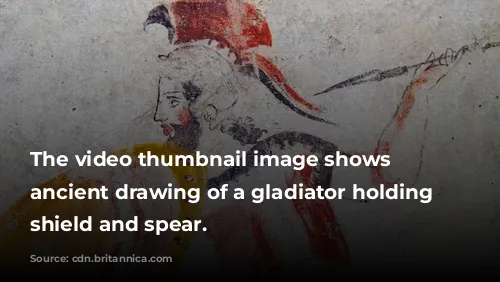
A Stage for Spectacular Performances
The Colosseum’s vast size enabled it to accommodate a massive audience, with seating for up to 50,000 spectators. The Colosseum was equipped with a retractable awning, the velarium, which shielded spectators from the sun. The velarium was manipulated by hundreds of Roman sailors who skillfully managed the rigging and cords that controlled its extension and retraction. The Colosseum was the setting for countless gladiatorial combats, hunts involving wild animals, and even mock naval battles. While the Colosseum’s history is undeniably fascinating, there is still uncertainty regarding whether it was the site of the martyrdom of early Christians.

A Journey Through Time
Over time, the Colosseum faced its share of challenges. It was repurposed into a church during the medieval period and later served as a fortress for prominent Roman families, the Frangipane and the Annibaldi. Earthquakes, lightning strikes, and acts of vandalism took their toll on the Colosseum, leaving it scarred and stripped of its original marble seats and decorative elements. The site was left in a state of neglect for over a thousand years, used as a quarry for building materials. However, the 19th century saw the beginning of preservation efforts, with notable contributions by Pius VIII. In the 1990s, a significant restoration project breathed new life into the Colosseum.
The Colosseum is an integral part of Rome’s identity and continues to be a major tourist attraction. Millions of visitors from around the globe flock to witness this architectural marvel each year. The Colosseum’s presence evokes a sense of history and reminds us of the grand achievements of the Roman Empire. The Colosseum is a testament to the enduring power of human ingenuity and a reminder of the importance of preserving our cultural heritage for future generations.
